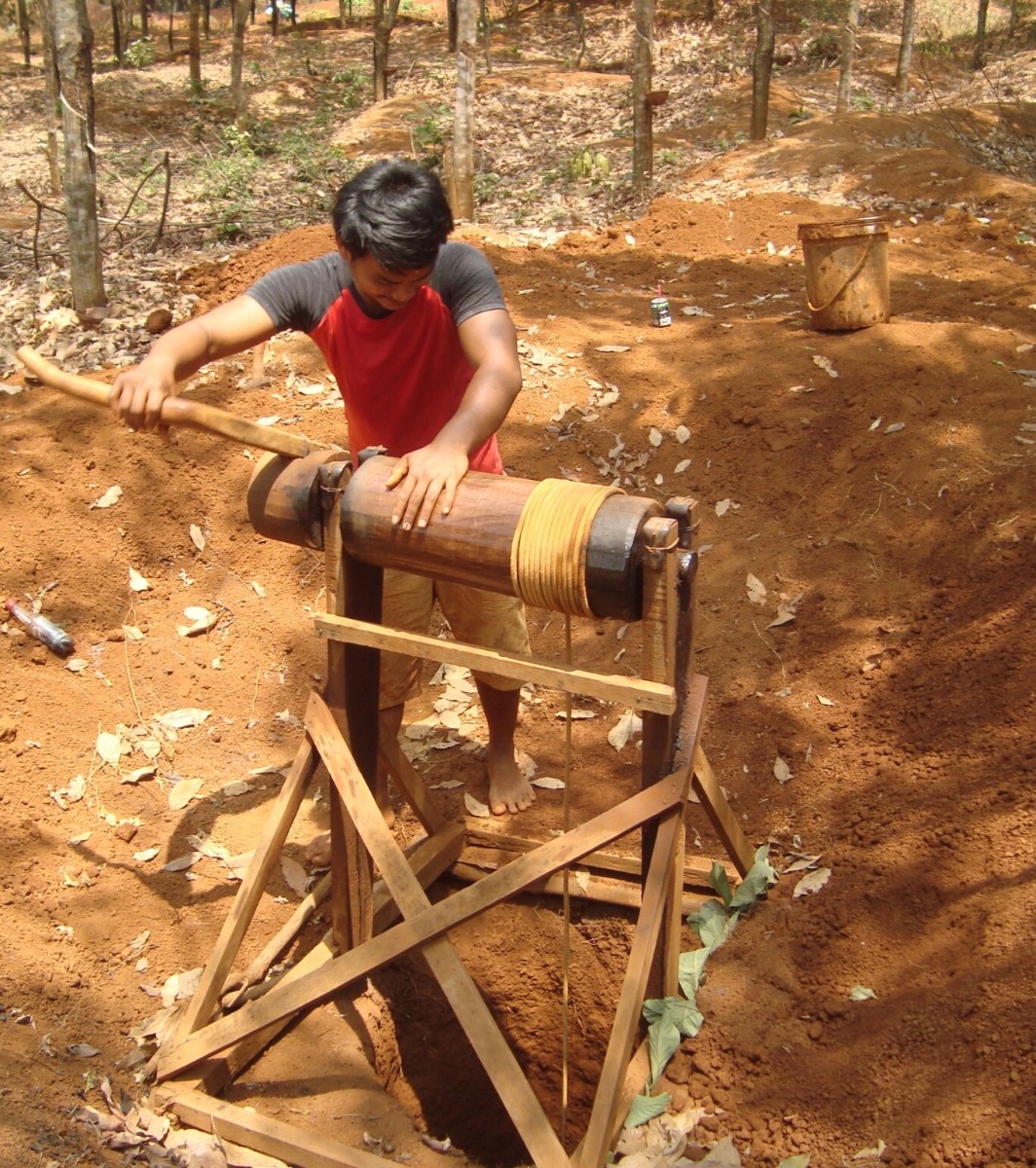
How do you think you’d feel – wearing one of the oldest stones on planet Earth? A gem described by Hindu poets as the ultimate gift to the gods? A jewel that can almost be described as alive?
This jewel is the zircon. Known in ancient times as the Zargun or ‘the Golden One’, Zircon has been here forever, and is one of the oldest known objects on earth – a tiny fragment of zircon discovered in Western Australia is 4.4 billion years old! To put that into perspective, Earth itself is believed to have formed only about 150 million years earlier. In comparison, diamonds are youthful – a mere 1 to 3.3 billion years old.
It isn’t at all surprising, then, that zircon appears in the ancient texts of India, such as the tale of the mystical Kalpa Tree. Described by poets as the ultimate gift to the gods, this spellbinding tree pulsed with shimmering leaves of zircon. In the Bible the ‘jacinth’ – the red zircon variety – is one of the Stones of Fire (Ezekiel 28:13″16) bestowed upon Moses and set in the breastplate of Aaron (Exodus 28:15″30).

Zircon comes in a variety of colors, but the vibrant blue zircon was brought to light thanks to the rare and long-extinct Red Horn rhinoceros, which once roamed freely across Southeast Asia. A group of Shan hunters from northern Burma, led by the renowned Ku Lat, were stalking a Red Horn rhino. Camping near a freshwater stream, Ku Lat woke before dawn to see glowing clouds drifting in the water. Inquiring in the village, a Buddhist monk informed him that this phenomenon was Pe Leng Tougt -phosphorus algae. Ku Lat, intrigued, decided to stay a little longer. While he failed to track the rhino, he instead discovered a rich source of blue zircons, Pailin sapphires and rubies; and Pe Leng, named after the algae, eventually became Pailin, now the capital of Pailin province in Cambodia. the oldest known objects on earth – a tiny fragment of zircon discovered in Western Australia is 4.4 billion years old! To put that into perspective, Earth itself is believed to have formed only about 150 million years earlier. In comparison, diamonds are youthful – a mere 1 to 3.3 billion years old.
It isn’t at all surprising, then, that zircon appears in the ancient texts of India, such as the tale of the mystical Kalpa Tree. Described by poets as the ultimate gift to the gods, this spellbinding tree pulsed with shimmering leaves of zircon. In the Bible the ‘jacinth’ – the red zircon variety – is one of the Stones of Fire (Ezekiel 28:13″16) bestowed upon Moses and set in the breastplate of Aaron (Exodus 28:15″30).
raded throughout Asia and Europe, the popularity of zircons grew dramatically in the 16th century, when Italian artisans featured the gem in the era’s elaborate court jewels. In the 1880s, blue zircon emerged as a centerpiece of Victorian jewelry. During the flamboyant Roaring Twenties, blue zircons became trendy among the era’s ‘Flappers’ and other fashionable figures; this was partly due to the development of heating treatments that highlighted the vibrant blue colors of the stone in an echo of the era’s lavishness. However, a more somber period followed the Second World War and from the 1950s, the zircon languished in obscurity. Only a small group of collectors, dealers and jewelers continued to seek out this unique gem, found in a rainbow of colors and mined in Cambodia, Sri Lanka, Thailand, Burma and Tanzania.
But old Zargun is a diehard. It is coming back – and the timing could not be better. In today’s color stones market, where common sense and rationality are rare as certain stones, astronomical prices are the flavor of the day, leaving blue zircon as the only sane option.
It is no wonder that high-end designers are realizing the hidden potential of Blue. Breathtaking pieces, with affordable larger stones in glorious tropical hues ranging from seafoam to arctic blue, are drawing attention of a rising number of savvy consumers.
At Gemcal, we have been thoroughly entranced by the zircon’s highly refractive aspect, adapting it to authentic, classic cuts, including the Asscher and Flanders Cuts. These sophisticated cuts further showcase the zircon, giving it a fresh, resonant dimension of simple – but timeless – beauty.

